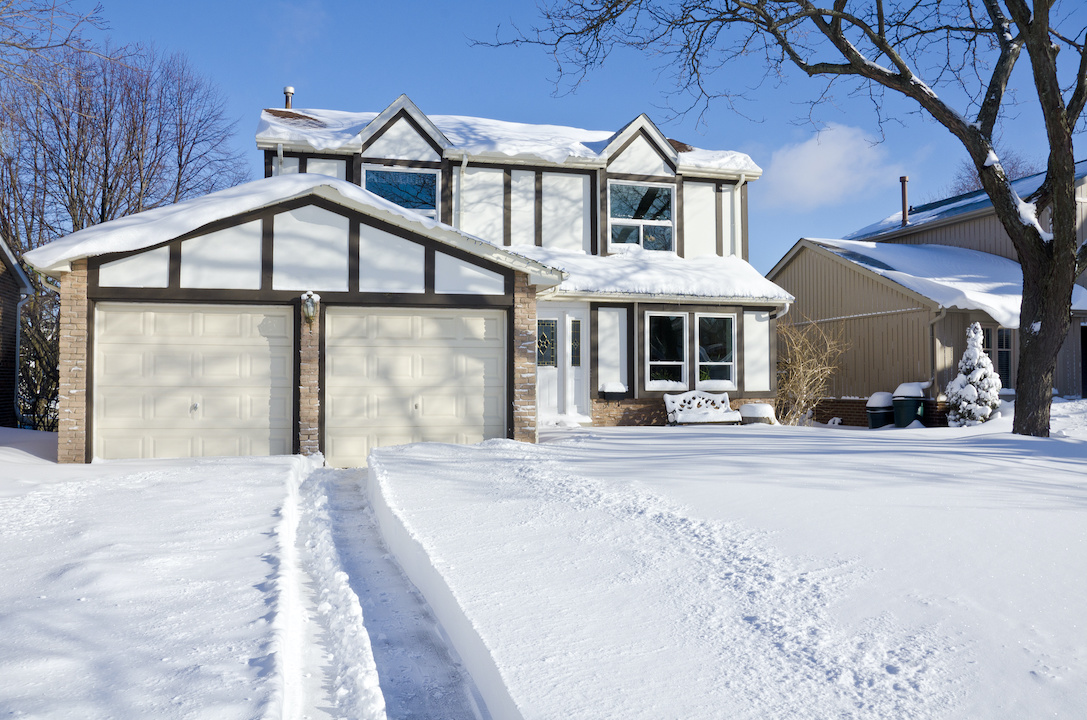Seasonal Mold Concerns: Preparing Your Home for Different Weather Conditions
Mold is a common problem that many homeowners face, and it can occur in any season. However, different weather conditions can influence the likelihood of mold growth in various ways. Understanding these seasonal mold concerns and preparing your home accordingly can help prevent mold infestations and protect your health and property. For residents in Burlington, it’s especially important to consider professional mold services Burlington removal to effectively address and prevent mold issues. In this blog, we’ll explore how different seasons affect mold growth and provide practical tips to prepare your home for these varying weather conditions.
Understanding Mold and Its Growth Factors
Mold is a type of fungus that thrives in damp, warm, and humid environments. It reproduces through tiny spores that float through the air and can settle on any surface. Once these spores find a suitable environment, they can start to grow and spread. The key factors that contribute to mold growth include:
Moisture: This is the most crucial factor. Mold cannot grow without moisture. Sources of moisture include leaks, high humidity, condensation, and water intrusion from outside.
Temperature: Mold grows best in warm conditions, typically between 77°F and 86°F, but it can also grow in cooler temperatures.
Organic Material: Mold feeds on organic materials such as wood, paper, and fabric. These materials provide the nutrients mold needs to thrive.
Spring: The Season of Thawing and Rain
Spring is a time of renewal, but it also brings increased moisture due to thawing snow and spring rains. This combination can create a perfect environment for mold growth.
Common Spring Mold Concerns:
Basement and Crawl Spaces: Melting snow can lead to increased groundwater levels, which may seep into basements and crawl spaces.
Roof Leaks: Heavy spring rains can reveal roof leaks, leading to water intrusion into your attic or home.
Condensation: As temperatures fluctuate, condensation can form on windows and other surfaces.
Preparation Tips:
Inspect and Repair Roofs and Gutters: Ensure your roof is in good condition and gutters are clear of debris to prevent water from seeping into your home.
Seal Basement and Crawl Spaces: Check for cracks in the foundation and seal them to prevent water from entering. Consider using a dehumidifier to control moisture levels.
Improve Ventilation: Ensure proper ventilation in attics, basements, and crawl spaces to reduce humidity levels.
Summer: Heat and Humidity
Summer is characterized by hot, humid weather, which can create ideal conditions for mold growth, especially in areas with poor ventilation.
Common Summer Mold Concerns:
High Humidity Levels: Prolonged periods of high humidity can lead to mold growth on walls, ceilings, and other surfaces.
Air Conditioning Units: AC units can accumulate moisture, providing a breeding ground for mold.
Bathrooms and Kitchens: These areas often experience higher humidity due to daily activities like showering and cooking.
Preparation Tips:
Use Dehumidifiers: Place dehumidifiers in areas prone to high humidity, such as basements and bathrooms, to keep humidity levels below 60%.
Maintain AC Units: Regularly clean and service your air conditioning units to prevent mold buildup. Ensure that they are properly draining moisture.
Ventilate Bathrooms and Kitchens: Use exhaust fans or open windows to reduce humidity levels in these areas.
Fall: Leaf Piles and Cooler Weather
Fall brings cooler temperatures and falling leaves, which can contribute to mold growth both inside and outside the home.
Common Fall Mold Concerns:
Leaf Piles: Piles of damp leaves near your home can provide a breeding ground for mold, which can then be carried indoors.
Condensation: As temperatures drop, condensation can form on windows and other surfaces.
Humidity Fluctuations: The transition from warm to cool weather can lead to fluctuating humidity levels inside your home.
Preparation Tips:
Clean Up Leaves: Regularly remove leaf piles from around your home to prevent mold growth and keep outdoor mold spores from entering your home.
Reduce Indoor Condensation: Use window insulation kits and weatherstripping to prevent condensation on windows. Wipe away any moisture that does form.
Monitor Indoor Humidity: Use a hygrometer to keep track of indoor humidity levels and use dehumidifiers or humidifiers as needed to maintain a consistent level.
Winter: Cold and Damp
Winter is typically cold and damp, which can also lead to mold growth, especially in areas that are not well-insulated or heated.
Common Winter Mold Concerns:
Condensation: Cold outdoor temperatures can lead to condensation on windows and walls.
Heating Systems: Inefficient heating systems can create cold spots in your home where mold can grow.
Leaky Pipes: Frozen and burst pipes can lead to water damage and mold growth.
Preparation Tips:
Insulate Your Home: Proper insulation helps maintain a consistent temperature and reduces condensation. Pay special attention to attics, basements, and crawl spaces.
Maintain Heating Systems: Ensure your heating system is working efficiently and that warm air is circulating throughout your home.
Prevent Frozen Pipes: Insulate pipes, especially those in unheated areas, and allow faucets to drip during extreme cold to prevent freezing.
General Mold Prevention Tips
Regardless of the season, there are general steps you can take to prevent mold growth in your home:
Regular Inspections: Regularly inspect your home for signs of water damage or mold growth, paying special attention to areas prone to moisture.
Address Leaks Promptly: Fix any leaks or water issues immediately to prevent moisture buildup.
Clean and Dry Wet Areas: Promptly clean and dry any areas that become wet, such as after spills, leaks, or heavy rains.
Use Mold-Resistant Products: Consider using mold-resistant paint and building materials in areas prone to moisture, such as bathrooms and basements.
Control Indoor Humidity: Aim to keep indoor humidity levels between 30% and 60% to prevent mold growth.
Conclusion
Mold can be a persistent problem in any season, but by understanding how different weather conditions affect mold growth, you can take proactive steps to protect your home. Regular inspections, proper maintenance, and effective moisture control are key to preventing mold infestations. By preparing your home for the unique challenges each season presents, you can create a healthier and mold-free living environment year–round.







